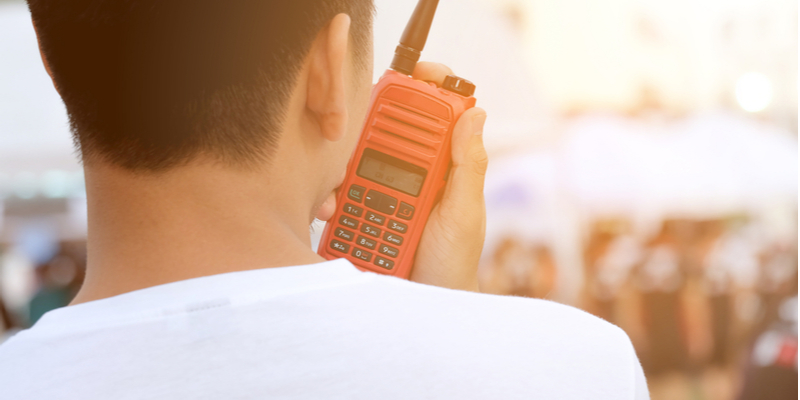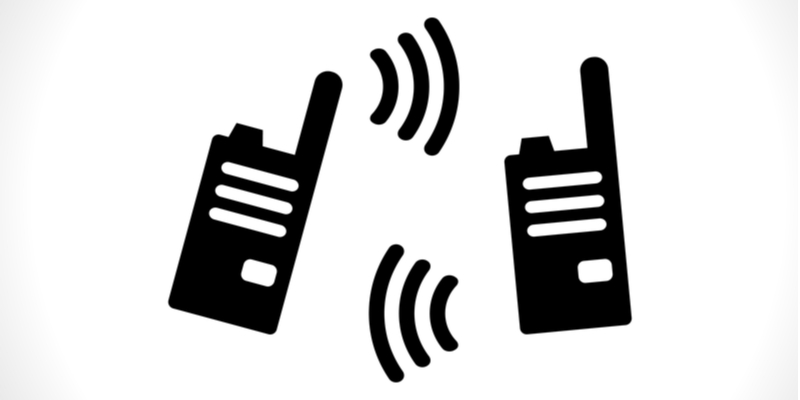Event security in Florida is of utmost importance these days, and two-way radios are the best way to keep everyone safe and well-coordinated at events big and small. From sporting events to festivals, art shows, and concerts, the ability for all personnel to effectively communicate is key.
Cell phones pale in comparison to two-way radios when it comes to event security, and for a wide range of reasons.
Why Two-Way Radios Rule Supreme for Event Security
Two-way radios are made to provide the highest level of communication during small and large-scale events. There are a wide range of radios to pick from depending on your needs.
Pros to Using Two-Way Radios for Event Security:
- The ability to quickly alert the appropriate individuals of any suspicious behavior
- Coordinate between one or more people at a time
- Push-to-talk feature makes it quick and easy to communicate
- Tracking and GPS features available
- Crystal clear sound even in areas with a lot of background noise
- No dropped calls – reliable signal strength throughout the event grounds
- More affordable than buying countless cell phones for each member of your security team, as well as other staff on site who need to be kept in the loop
Why Cell Phones Don’t Work for Event Security
Cell phones are our best friends these days – they do just about everything for us, from waking us up in the morning to connecting us to old and new friends. But, the one thing cell phones were never intended to do was provide event security. For one, cell phones are not as quick to operate or connect as two-way radios. Secondly, they are much easier to infiltrate and do not offer the same level of privacy and security. In addition, cell phones can go down in an emergency or when too many people are trying to use them at one time in the same area.
Cell phones don’t offer push-to-talk capabilities so imagine trying to dial a number every time you need to contact someone, and then waiting for the phone to ring. Plus, cell phones offer a plethora of distractions – from social media to game apps. This increases the likelihood that someone will become distracted and miss something important.
On the other hand, two-way radios are virtually free of distractions. They are designed to provide everything you need to stay connected throughout an event without any unnecessary bells and whistles. Plus, everyone can communicate at once without interference.
Cell phones are notorious for failing in dead zones and dropping calls, this is especially true in underground locations, large buildings, and areas where a lot of people are gathered together. Two-way radios are designed to get around these flaws. Plus, many two-way radios are outfitted with specialized technology that allow for crystal clear voice signal despite background noise.
Rent Two Way Radios from Highland Wireless
Renting two-way radios for event security is an affordable option that’ll save you a lot of hassles. You don’t have to worry about spending a large sum of money up front to buy a bunch of radios, nor do you need to worry about storing or maintaining radios. Renting radios is the easiest way to outfit your entire team with a reliable form of communication.
Highland Wireless is an authorized dealer of both Motorola and Kenwood two-way radios in Florida. We have all of the equipment you need to host a successful event with top-notch communication for greater security. Learn more about our radio rentals or contact us today with questions





